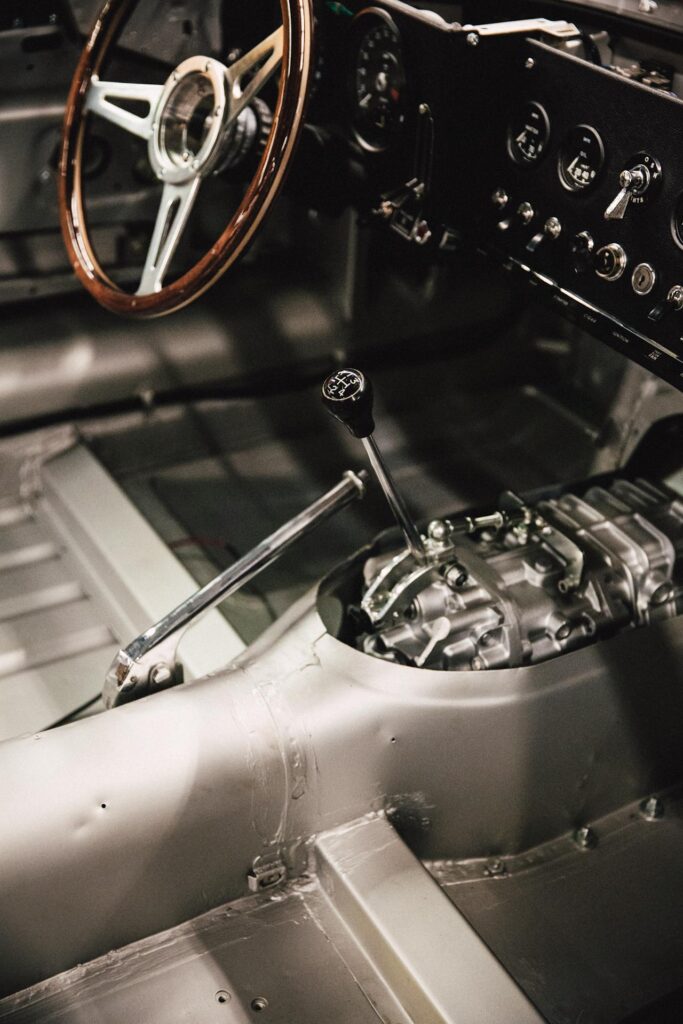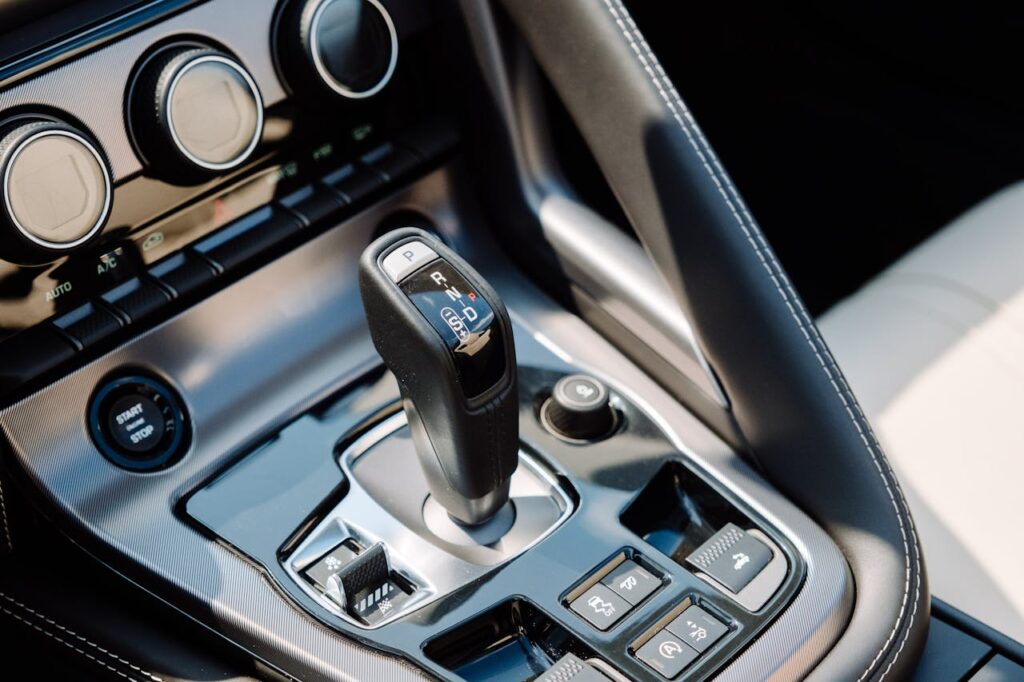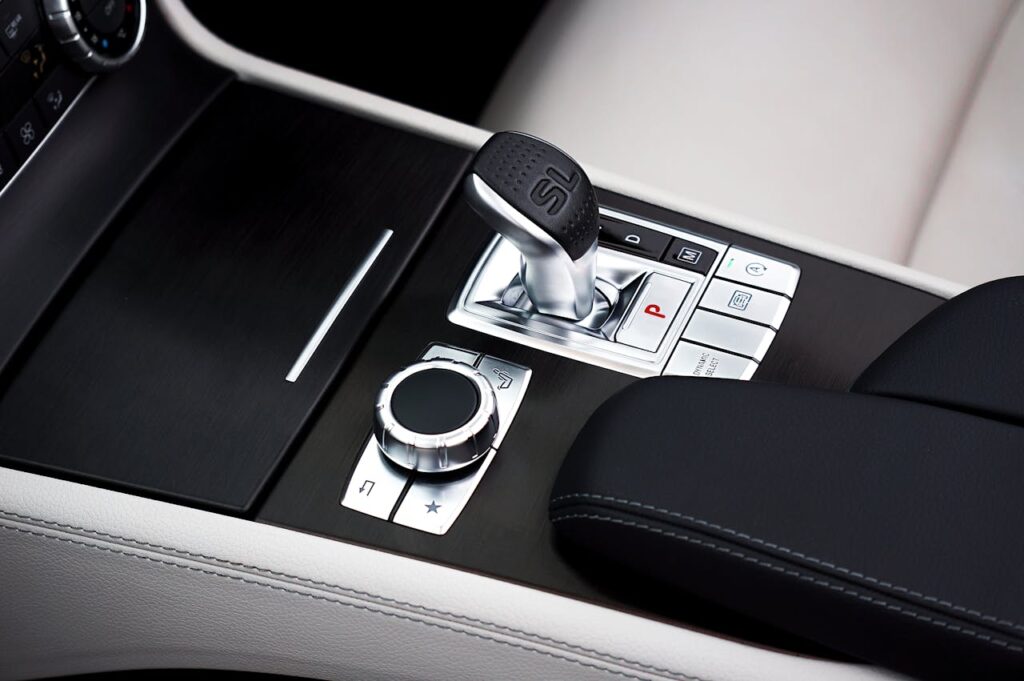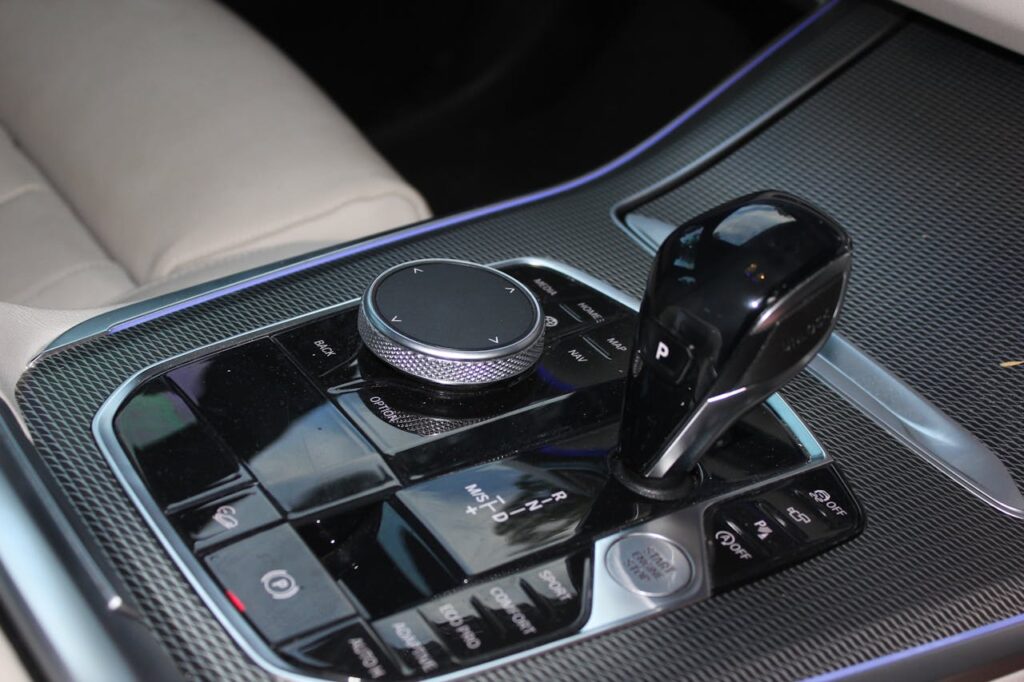Car Transmissions DCT CVT: All Types Explained
Automotive Transmissions—especially systems like Car Transmissions DCT, CVT, and manual—play a critical role in your vehicle’s performance, fuel efficiency, and overall driving experience. Whether you’re cruising down the highway or navigating busy city streets, understanding how your transmission works can help you make smarter decisions as a driver. In this guide, we’ll explore Car Transmissions DCT CVT and other popular types to help you understand the difference and choose what suits you best.
Manual Transmissions: The Classic Car Transmission

A manual transmission, often called a stick shift, gives the driver full control over gear changes. You operate a clutch pedal and gear lever to select the right gear ratio. This classic car transmission offers better control and often improved fuel efficiency—but it does require more driving skill and attention.
Manuals are simpler in design and cheaper to maintain, which makes them ideal for driving enthusiasts or those who enjoy a more connected experience behind the wheel.
2. Automatic Transmissions: Smooth and User-Friendly

Automatic transmissions simplify driving by shifting gears on their own using hydraulic systems and planetary gears. There’s no clutch pedal involved, making it easy to drive in stop-and-go traffic.
While traditional automatics may have lagged behind manuals in earlier decades, modern versions are highly efficient, smooth, and responsive—perfect for daily driving comfort.
3. Continuously Variable Transmissions (CVT): The Efficiency King

Among all car transmissions, CVT (Continuously Variable Transmission) stands out for its seamless power delivery and fuel efficiency. Unlike conventional gearboxes, CVTs use a pulley and belt system to allow an infinite number of gear ratios.
This enables the engine to run at its most efficient speed at all times. CVTs provide a smooth, uninterrupted driving feel, although some drivers find them less engaging due to the absence of traditional gear shifts.
4. Dual-Clutch Transmissions (DCT): Performance Meets Precision

DCT (Dual-Clutch Transmission) blends the best traits of both manual and automatic systems. It uses two clutches—one for odd gears and one for even gears—allowing for lightning-fast, seamless gear shifts.
These transmissions are typically found in performance-oriented vehicles because they offer quick acceleration and sporty responsiveness. However, they can be more complex and costly to maintain than standard automatics.
5. Automated Manual Transmissions (AMT): A Budget-Friendly Option

AMTs automate a traditional manual gearbox using electronic actuators to control the clutch and gear changes. You get the convenience of an automatic without the cost of a full automatic system.
Although AMTs can be jerky compared to CVTs or DCTs, they are affordable and widely used in entry-level cars. They offer decent fuel efficiency and simple operation, making them popular in budget segments.
6. Torque Converter Transmissions: Proven and Reliable
6. Torque Converter Transmissions: Proven and Reliable
Torque converter automatics are a long-standing type of car transmission. They use a fluid coupling (the torque converter) to transfer power from the engine to the wheels, ensuring smooth acceleration and reliable performance.
These transmissions are common in mid-range sedans and SUVs. Although not as efficient as CVTs, they are highly durable and versatile, suitable for a wide range of driving conditions.
Conclusion: Which Car Transmission Is Right for You?
From Car Transmissions DCT CVT to manual and AMT systems, each type offers unique advantages. If you prioritize control and driver engagement, manual may be your best bet. For city drivers who value ease and fuel efficiency, CVT is a smart choice. DCT suits performance enthusiasts who crave speed and sharp gear shifts.
Understanding the strengths and limitations of each transmission type helps you make better decisions—whether you’re shopping for a new car or just want to know your current one better. As automotive technology continues to evolve, so too will these transmission systems, delivering smoother, smarter driving experiences.
Looking for more automotive insights and expert vehicle guides?
Visit: Drivenpedia.com

